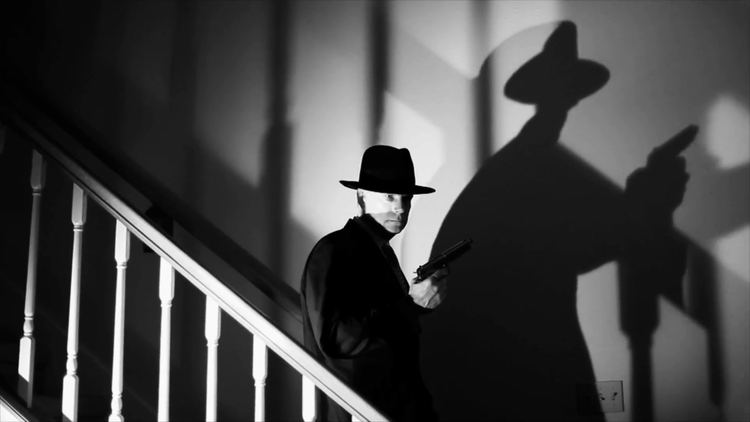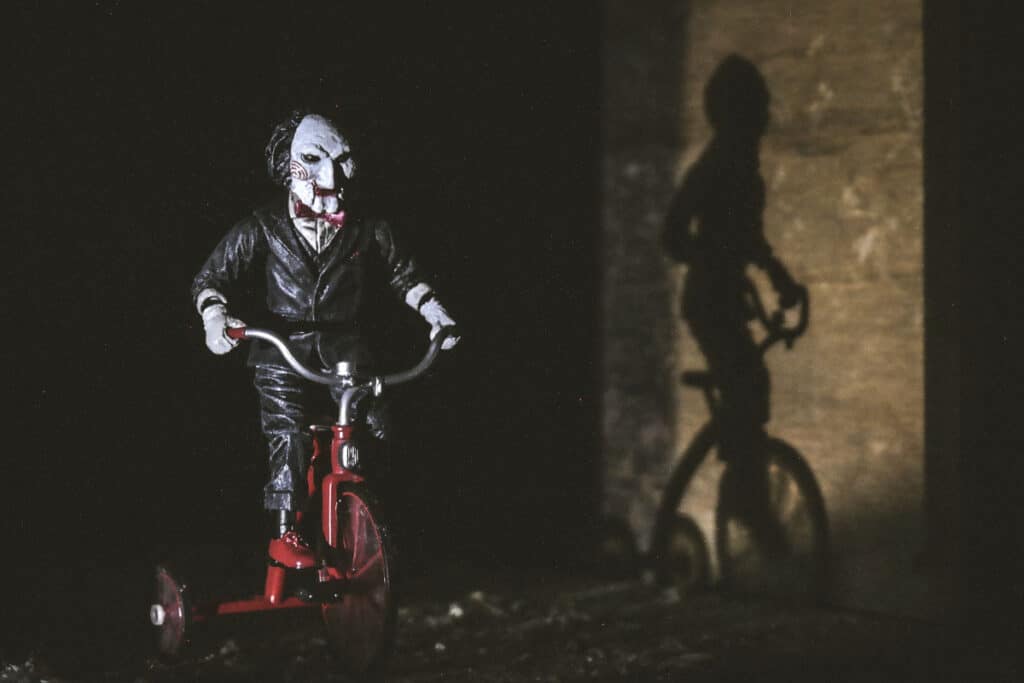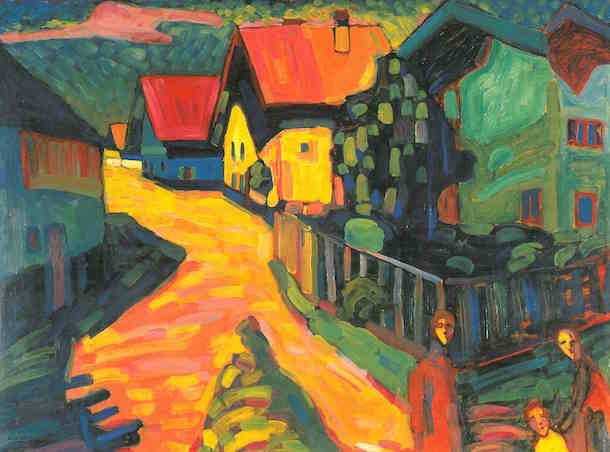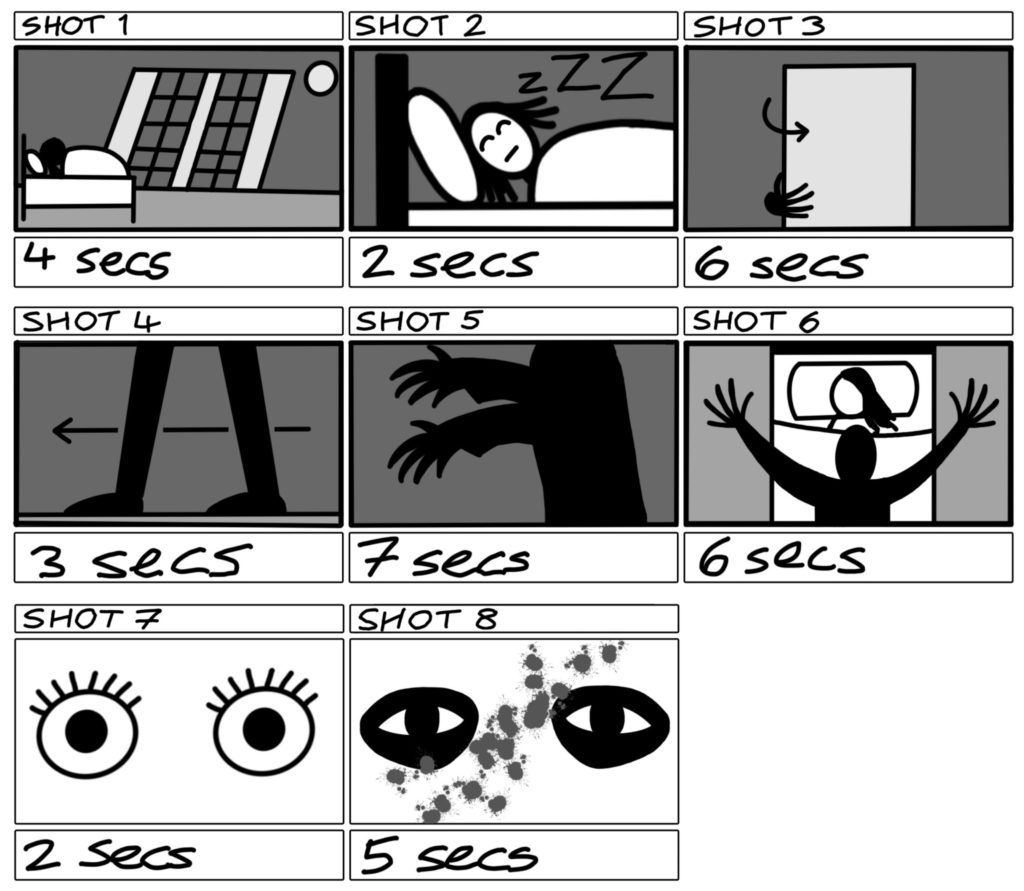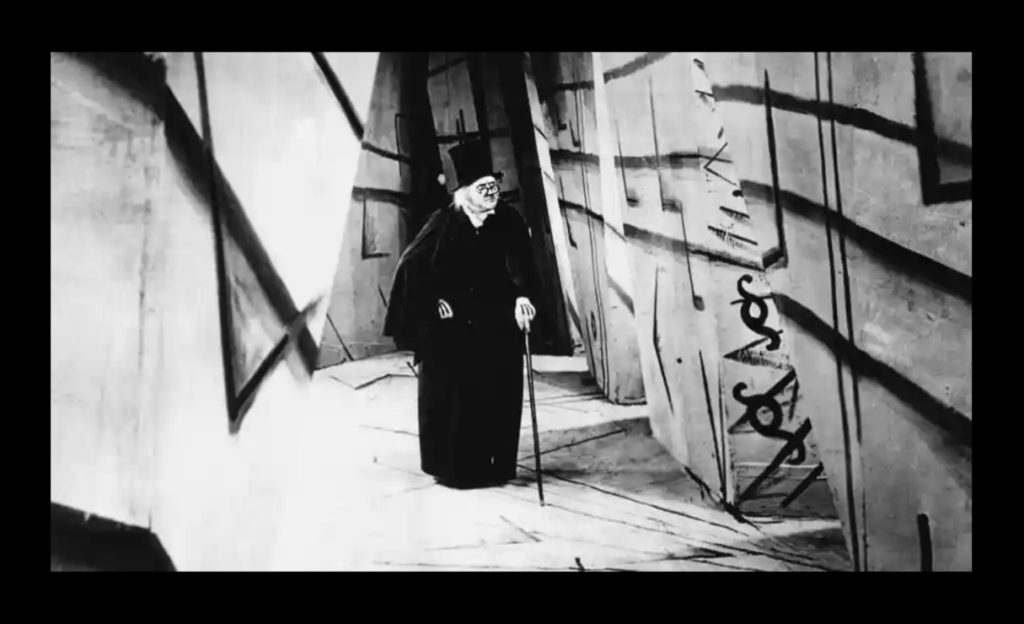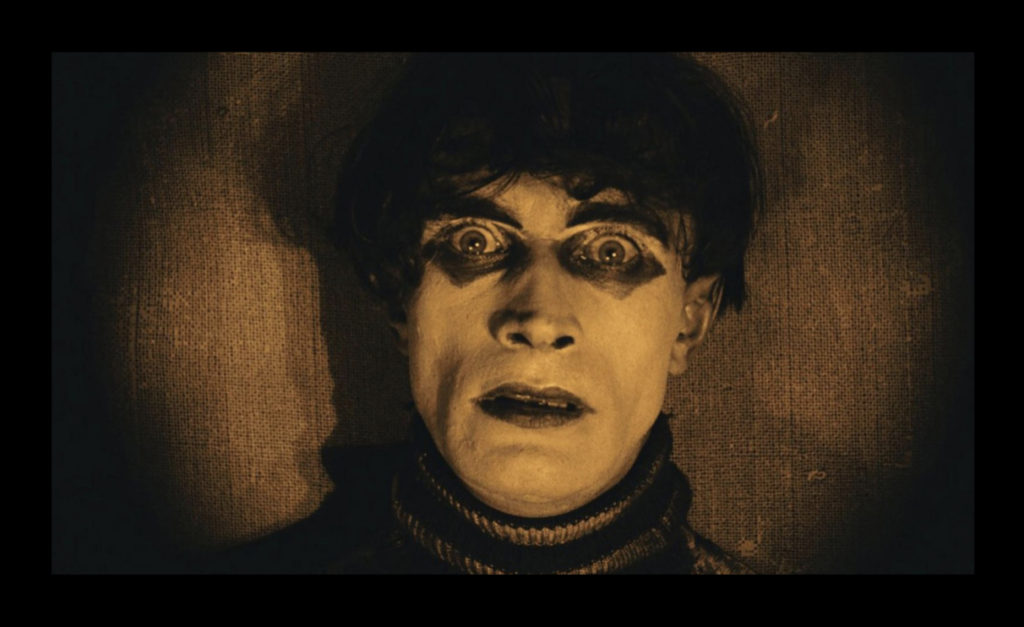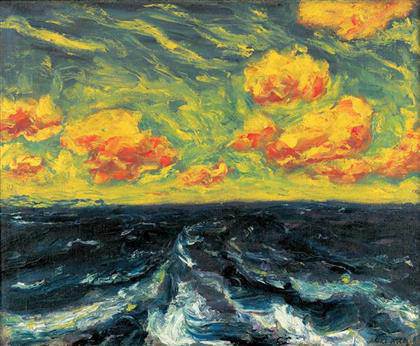Explain how the production context influenced the ‘look and feel’ of the end product.
Citizen Kane was the first movie Orson Welles co-wrote, directed and produced. Welles was given a surprising amount of creative control from RKO studios, this was because he was seen as a theatrical genius so Hollywood wanted to ‘woo’ him from the theaters of New York. This amount of creative control meant he was free to choose the cast as well as to write, direct, produce, edit, and act in the film he created. The film’s budget was originally $500,000, which was a substantial amount for an unproven filmmaker, but Welles managed to surpass this and the films total expense totalled $839,727. Welles’ young age and high budget may of affected the ‘look and feel’ of the end product since he had the money to experiment with his ‘new’ ideas, for example, Chiaroscuro lighting, extreme high and low angle shots, mirror shots and elaborate blocking.
REFERENCE:


